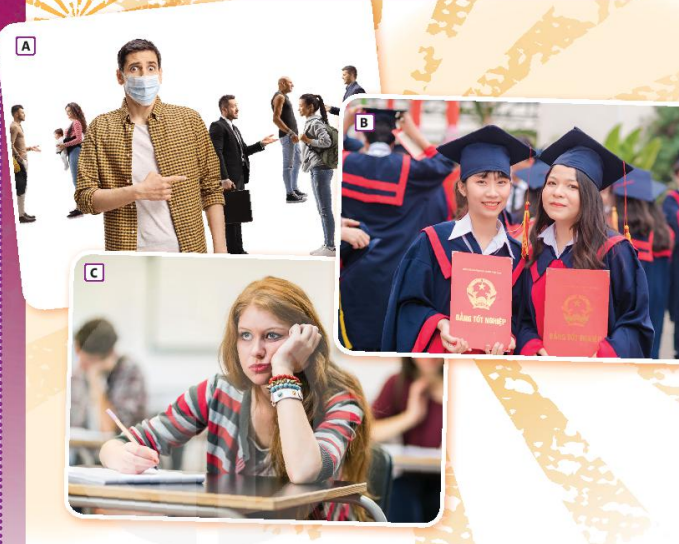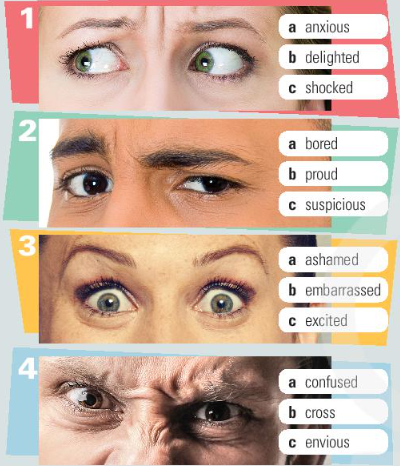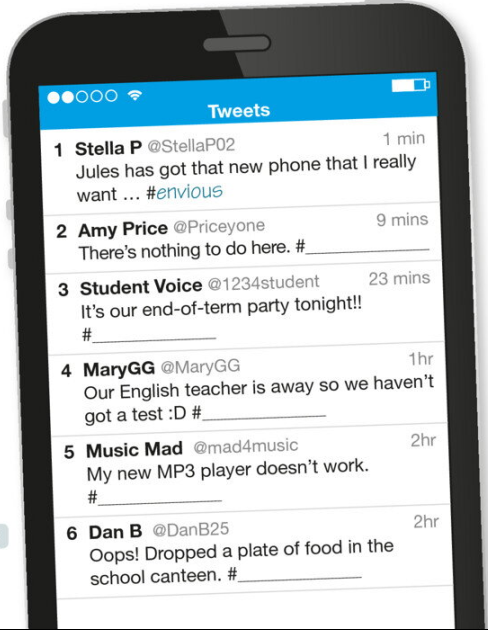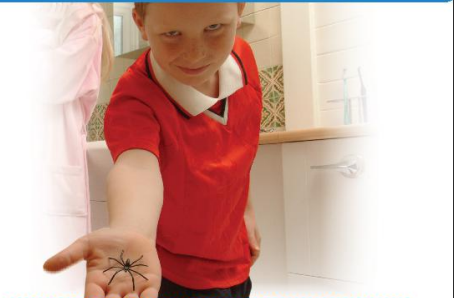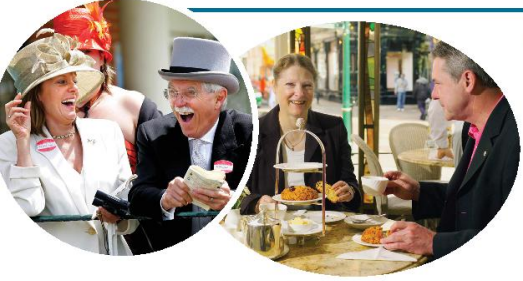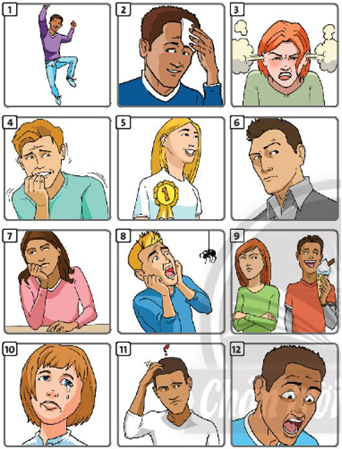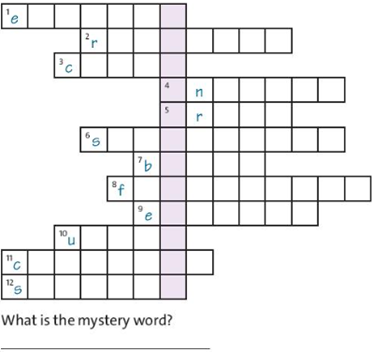Giải SGK, SBT Unit 1. Feelings Friends Global
Giải SGK, SBT Unit 1. Feelings Friends Global
3. Work in pairs. Put the adjectives in exercise 2 into categories A and B below. Do you know any other adjectives you could add to the categories?
(Làm việc theo cặp. Xếp các tính từ trong bài 2 vào các cột A và B bên dưới. Bạn có biết những tính từ nào khác có thể thêm vào các cột không?)
|
Positive feelings |
Negative feelings |
|
delighted
|
anxious |
7. Listen to four speakers. Match one adjective from the list below with each speaker (1-4). There are four extra adjectives.
(Nghe bốn người nói. Nối một tính từ trong danh sách bên dưới với mỗi người nói (1-4). Có bốn tính từ thừa.)
|
anxious |
cross |
confused |
disappointed |
|
excited |
embarrassed |
proud |
suspicious |
3. Read the Learn this! box. Find all the past simple forms in the text in exercise 2. Match them with rules a-d in the Learn this! box.
(Đọc hộp Learn this!. Tìm tất cả các thể quá khứ trong bài đọc ở bài 2. Nối chúng với các quy tắc trong hộp.)
|
LEARN THIS! Past simple (affirmative) (Thì quá khứ đơn - dạng khẳng định) a. We form the past simple form of regular verbs by adding -ed to the infinitive. (Ta hình thành thể quá khứ đơn của động từ thường bằng cách thêm -ed vào động từ nguyên mẫu.) want – wanted talk – talked b. There are some rules about spelling changes. (Có một vài quy tắc về việc thay đổi chính tả khi thêm -ed.) 1. drop – dropped; 2. marry – married; 3. move – moved c. Some verbs have irregular past simple forms. (Một số động từ có bất quy tắc ở thể quá khứ đơn.) go – went; begin – began; leave – left; take – took d. The past simple of the verb be has two forms, singular and plural. (Thể quá khứ đơn của động từ tobe có 2 dạng, số ít và số nhiều.) be – was/were |
5.Complete the sentences with the adjectives below and the past simple form of the verbs in brackets.
(Hoàn thành các câu bên dưới với các tính từ bên dưới và hình thức quá khứ đơn của các động từ bên dưới.)
| bored delighted embarrassed suspicious upset |
1. Sandra Carroll felt (feel) upset when Michael spent (spend) all his money on parties.
2. Spencer _____ (be) _____ when he _____ (drop) all his money on the floor of the shop.
3. Bess _____ (be) _____ when she ____ (win) the essay competition.
4. I _____ (feel) a bit _____ when the man ____ (say) he was a millionaire.
5. I _____ (get) a bit _____ because Dan _____ (talk) about his new girlfriend all evening.
|
Listening Strategy (Chiến thuật nghe) You do not have to understand every word in a listening task. Focus on the general meaning and try not to be distracted by words you do not understand. (Bạn không cần phải hiểu từng chữ trong một bài nghe. Tập trung vào ý nghĩa chung và cố gắng không bị phân tâm bởi những từ bạn không hiểu.) |
2. Read the Listening Strategy above and the three summaries of a dialogue below. Then listen to the dialogue. Which is the best summary?
(Đọc Chiến thuật nghe ở trên và ba tóm tắt của đoạn hội thoại bên dưới. Sau đó lắng nghe đoạn hội thoại.)
a. Zak refuses to go out with Tom because he's disappointed about his exam results.
(Zak từ chối ra ngoài với Tom vì anh ta thất vọng về kết quả bài kiểm tra.)
b. Zak is anxious about his exams and decides not to go out with Tom.
(Zak lo lắng về bài kiểm tra của anh ấy và quyết định không đi ra ngoài với Tom.)
c. Zak is relieved that his exams are six weeks away, and agrees to go out with Tom.
(Zak cảm thấy vui mừng vì bài kiểm tra của anh ta đã diễn ra 6 tuần trước, và đúng ý ra ngoài với Tom.)
|
LEARN THIS! should (nên) a) We often use I think... + should. (Chúng ta thường sử dụng "Tôi nghĩ... + nên) I think she should speak to her frienđ. (Tôi nghĩ cô ấy nên nói chuyện với bạn của mình.) b) For the negative, we use I don't think... + should. (Với câu phủ định, chúng ta dùng "Tôi không nghĩa... + nên.) (NOT I don't think we should borrow more money. (Tôi không nghĩ chúng ta nên mượn thêm tiền.) |
3. SPEAKING Read the Learn this! box. Then say what Zak should do. Use I (don't) think… and the phrases below.
(Đọc hộp Learn this! Sau đó nói Zak nên làm gì. Sử dụng (don’t) think… và các cụm từ bên dưới.)
|
calm down (bình tĩnh) finish his revision plan (hoàn thành kế hoạch ôn tập) stop revising (dừng ôn tập) go out with Tom (đi ra ngoài với Tom) revise tomorrow (ôn tập vào ngày mai) phone Tom soon (gọi cho Tom sau) |
I think/ don't think Zak should calm down.
(Tôi nghĩ/ không nghĩ Zak nên bình tĩnh lại.)
5. Listen again to dialogues B, C and D. Complete the collocations (1-6) with the verbs below.
(Nghe lại các đoạn hội thoại B, C và D. Hoàn thành các cụm từ cố định (1-8) với các động từ bên dưới.)
| find give have make tell(x2) |
Dialogue B
1. find something funny
2. _____ somebody a call
Dialogue C
3. _____ the truth
4. _____ a word (with somebody)
Dialogue D
5. _____ an excuse
6. _____ a lie
3. Complete the labels for the charts with the words below. Use information from the text to help you.
(Hoàn thành các nhãn dán cho biểu đồ với các từ bên dưới. Sử dụng thông tin từ văn bản để giúp em.)
| better culture good manners reserve reserve sense of humour the same or worse |
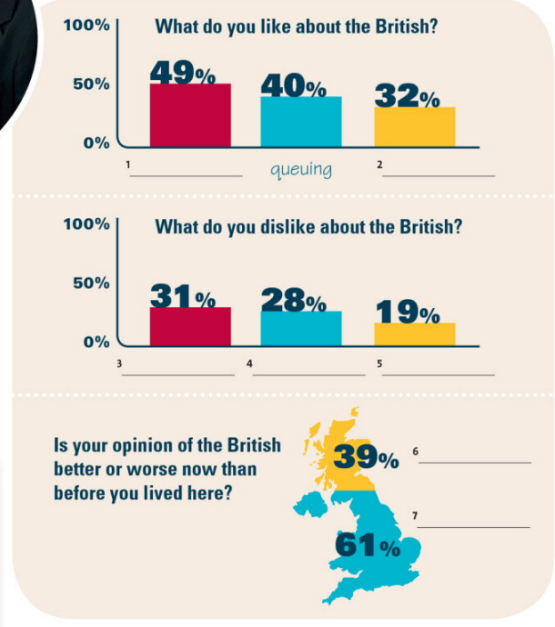
2. Which adjective best describe each person’s feeling? Use the adjectives below.
(Tính từ nào thích hợp nhất để mô tả cảm xúc của từng người trong từng câu? Hãy sử dụng các tính từ bên dưới.)
|
anxious delighted embarrassed frightened proud relieved shocked upset |
1. The waiter was really rude to me when I asked for a glass of water. I was a bit shocked.
2. I got a new smartphone for my birthday. I was ________.
3. My dad started to dance at my party and all my friends saw him! I was really ________!
4. My little brother won a singing competition. I was very ________.
5. Our dog is very old is really ill. I think he might die. We’re very ________.
6. I’ve got a difficult, important exam tomorrow. I’m feeling a little bit ________.
7. I went on the tallest, fastest ride at the theme park. I was really ________.
8. I left my mobile on the bus, but someone found it. I was extremely ________.
3. Listen. How are the people feeling? Choose from the adjectives below. There are two extra adjectives.
(Nghe. Mọi người đang cảm thấy như thế nào? Chọn từ các tính từ bên dưới. Có hai tính từ thêm.)
|
cross delighted envious relieved suspicious |
Speaker 1: ____________
Speaker 2: ____________
Speaker 3: ____________
Speaker 4: ____________
1. Complete the sentences with the past simple affirmative form of the regular verbs below.
(Hoàn thành các câu với dạng khẳng định ở thì quá khứ đơn của các động từ có quy tắc bên dưới.)
|
decide die drop look marry move stop study talk want |
1. My dad ________ maths at university.
2. We live in Oxford. We ________ here five years ago.
3. Jason ________ at me and smiled.
4 The train _______ at the station and we got off.
5. Jenny _______ on the phone with her friend for over two hours!
6. In the end, we _______ to go on holiday to Italy, not to France.
7. The goalkeeper had the ball, but then he _______ it.
8. My mum _________ my dad in 1988.
9. I _______ to go to the shopping mall, but my mum said no.
10. Sadly, my grandma _________ last year. She was 98.
4. Write five true sentences about what you did last weekend. Use past simple forms of the verbs below to help you, or your own ideas.
(Viết năm câu đúng về những gì bạn đã làm vào cuối tuần trước. Sử dụng thì quá khứ đơn của các động từ dưới đây để giúp bạn hoặc ý tưởng của riêng bạn.)
|
be get go have phone play study take talk visit watch |
1. ______________________
2. ______________________
3. ______________________
4. ______________________
5. ______________________
2. Complete the advice with should or shouldn’t and the verbs below.
(Hoàn thành các câu lời khuyên bằng cách dùng “should” hoặc “shouldn’t và các động từ bên dưới.)
| feel go invite listen look open spend tell |
1. ‘It’s really hot in here.’ ‘We should open a window.’
2. ‘My ears are hurting.’ ‘You __________ _________ to loud music so often.’
3. ‘I think we’re lost.’ ‘Yes. We __________ __________ at a map.’
4. ‘I only got 68% in my exam.’ ‘You __________ __________disappointed. That’s a good mark!’
5. ‘I really like the girl next door.’ ‘We __________ __________ her to our party.’
6. ‘Do you like Reece’s new shirt?’ ‘No – but I don’t think you __________ __________ him that.’
7. ‘My science project isn’t very good.’ ‘Maybe you__________ _________more time on it.’
8. ‘I don’t feel well.’ ‘You __________ __________ to bed early.’
4. Read the Listening Strategy. Then listen to two short dialogues. For each one, choose the best summary of the general meaning (a or b).
(Đọc phần Chiến thuật làm bài nghe. Sau đó nghe hai đoạn hội thoại ngắn. Với mỗi đoạn, chọn phần đáp án đúng nhất cho ý chính) (a hoặc b).)
1. Ellie is upset because
(Ellie buồn bởi vì)
a. she can’t take part in the school show.
(cô ấy không thể tham dự buổi biểu diễn ở trường.)
b. she can’t go to a family wedding.
(cô ấy không thể đi đám cưới gia đình.)
2. Daisy is excited because
(Daisy hào hứng bởi vì)
a. she likes seeing her cousin.
(cô ấy thích gặp anh/chị/em họ của cô ấy)
b. her cousin has got a present for her.
(anh/chị/em họ của cô ấy có một món quà cho cô ấy.)
|
Listening Strategy (Chiến thuật làm bài nghe) You do not have to understand every word in a listening task. Focus on the general meaning and try not to be distracted by words you do not understand. (Bạn không cần phải hiểu từng từ trong phần bài nghe. Tập trung vào ý chung và cố gắng không để bị phân tâm bởi các từ mà bạn không hiểu.) |
CÁC BÀI TẬP KHÁC


